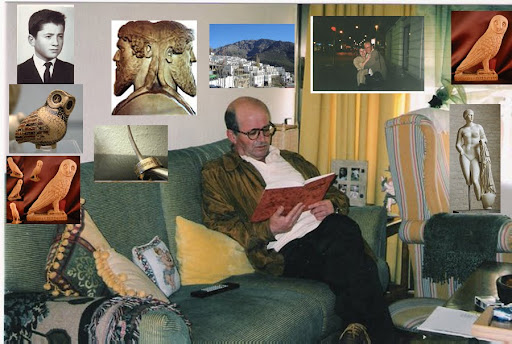Duración total: 2.22.10
En el Primer Vídeo, cantado en Alemán
y subtitulado en Inglés,
las diferentes Cantatas comienzan en los siguientes momentos.
248/1: 0:00:01
248/2: 0:24:30
248/3: 0:51:10
248/4: 1:13:00
248/5: 1:35:00
248/6: 1:57:30
Sir John Eliot Gardiner conducts the Monteverdi Choir and the English Baroque Soloists in a performance of Bach's Christmas Oratorio BWV 248 to begin their year long Cantata Pilgrimage.
Part I 'For the First Day of Christmas'
Part II 'For the Second Day of Christmas'
Part III 'For the Third Day of Christmas'
Part IV 'For the Feast of the Circumcision'
Part V 'For the First Sunday in the New Year'
Part VI 'For the Feats of Epiphany'
Sir John Eliot Gardiner chose to celebrate the 250th anniversary of the death of Johann Sebastian Bach in his own inimitable style: with the Monteverdi Choir and English Baroque Soloists he undertook an extended concert tour to perform the composer's entire known output of sacred cantatas at churches and concert halls all over Europe. The tour began at the Herderkirche in Weimar, where on 23rd and 27th December 1999 all six parts of the Christmas Oratorio were performed and recorded.
Bach's "Oratorio Performed Musically During the Holy Christmas Season in Both Principal Churches in Leipzig" - as the inscription on the printed libretto states - was written at the end of the year 1734/35. The "oratorio" is in fact a grouping of six cantatas and Bach intended the individual works to be performed on six separate feast days between Christmas and Epiphany. But in calling the piece an oratorio, is it possible that Bach perhaps intended a complete performance at a later date? This is unlikely. As the celebreated Bach scholar Albert Schweitzer wisely remarks, there is little to be gained by performing the entire oratorio in a single evening, since "the weary listener would be in no state to appreciate the beauty of the second part." A more plausible theory, perhaps, is that it was easier to sell a compilation of cantatas rather than individual copies. But Bach's real motives will probably remain hidden.
Duración total: 2.07.47
Duración total: 2.34.28


